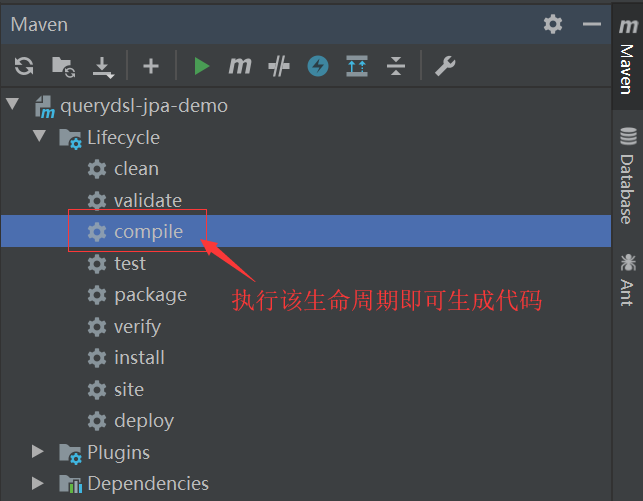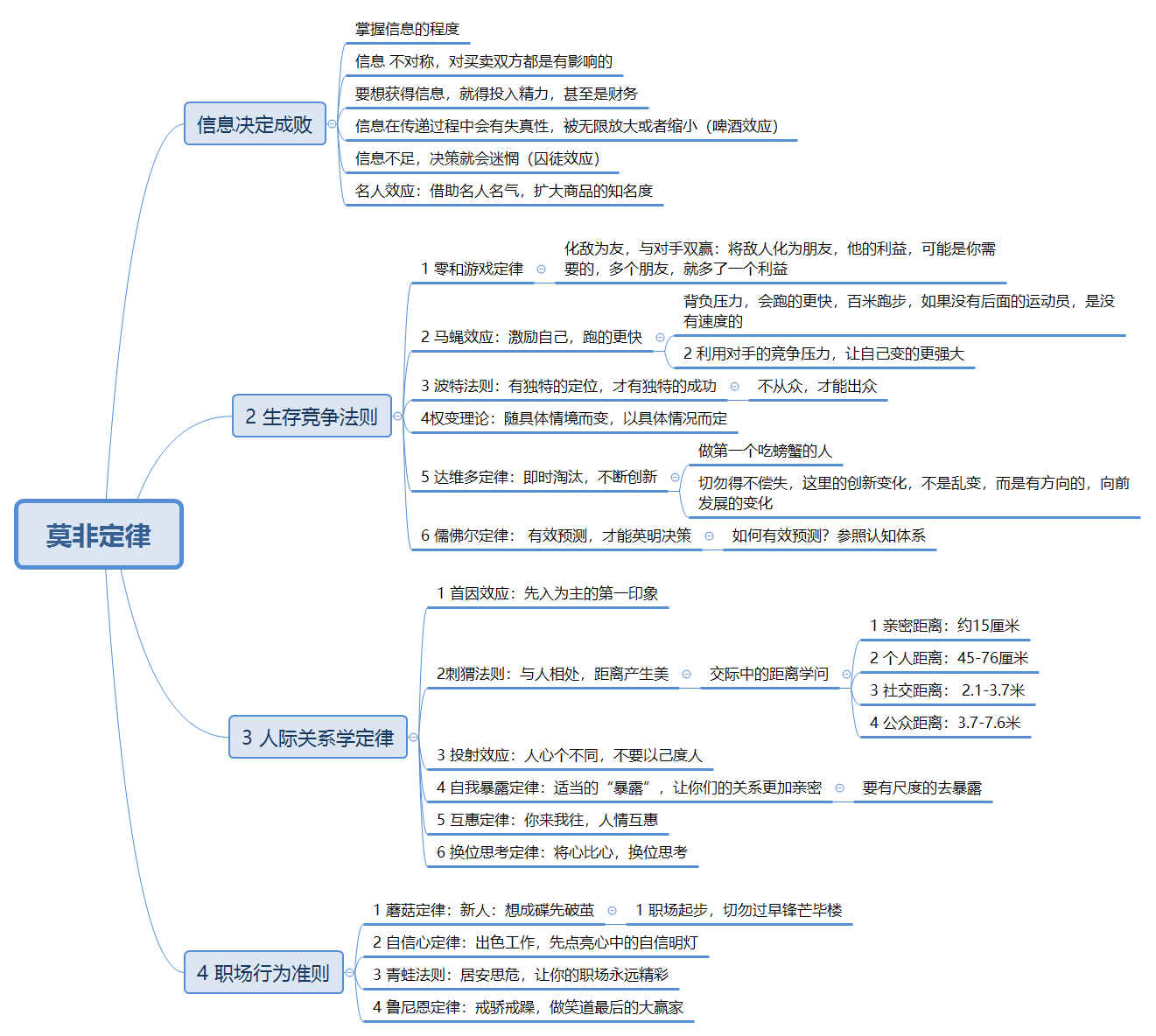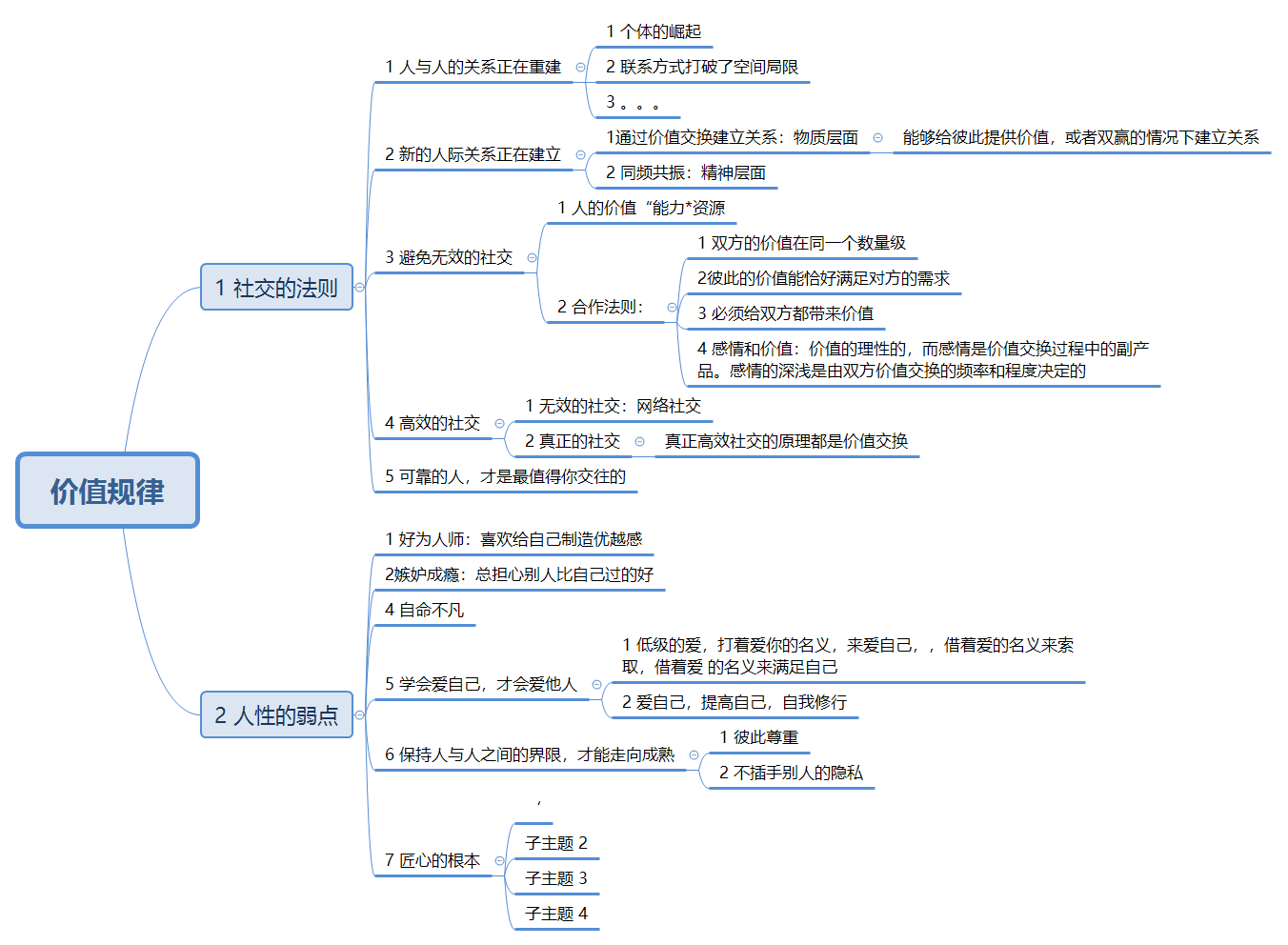Autowiring Dependencies
Spring bean autowiring 定义:
The Spring framework enables automatic dependency injection. In other words, by
declaringall the bean dependencies in a Spring configuration file, Spring container canautowirerelationships between collaborating beans. This is calledSpring bean autowiring.
Enabling @Autowired Annotations
@Autowired 的使用是有前置条件的 ☞ activate the dependency injection annotations
Spring项目 ☞ 可选方式1
To use Java-based configuration in our application, let’s enable annotation-driven injection to load our Spring configuration:
@Configuration@ComponentScan("com.autowire.sample")public class AppConfig {}
Spring项目 ☞ 可选方式2
The <context:annotation-config> annotation is mainly used to activate the dependency injection annotations in Spring XML files.
SpringBoot项目
Spring Boot introduces the @SpringBootApplication annotation. This single annotation is equivalent to using @Configuration, @EnableAutoConfiguration, and @ComponentScan.
As a result, when we run this Spring Boot application, it will automatically scan the componentsin the current package and its sub-packages. Thus it will register them in Spring’s Application Context, and allow us to inject beans using @Autowired.
阅读更多:
Spring <context:annotation-config> and <context:component-scan>
Spring Component Scanning
Spring @ComponentScan – Filter Types

There are four modes of autowiring a bean using an XML configuration
1、 no: the default value – this means no autowiring is used for the bean and we have to explicitly name the dependencies.
2、 byName: autowiring is done based on the name of the property, therefore Spring will look for a bean with the same name as the property that needs to be set.
3、 byType: similar to the byName autowiring, only based on the type of the property. This means Spring will look for a bean with the same type of the property to set. If there’s more than one bean of that type, the framework throws an exception.
3、constructor: autowiring is done based on constructor arguments, meaning Spring will look for beans with the same type as the constructor arguments.
by type
@Bean(autowire = Autowire.BY_TYPE)public class Store {private Item item;public setItem(Item item){this.item = item;}}public class Store {@Autowiredprivate Item item;}<bean id="store" class="org.store.Store" autowire="byType"> </bean>
By name
# more than one bean of the same type,use the @Qualifier to reference a bean by namepublic class Store {@Autowired@Qualifier("item1")private Item item;}<bean id="item" class="org.store.ItemImpl1" /><bean id="store" class="org.store.Store" autowire="byName"> </bean>
We can also override the autowiring by defining dependencies explicitly through constructor arguments or setters.
参考:Intro to Inversion of Control and Dependency Injection with Spring



































还没有评论,来说两句吧...